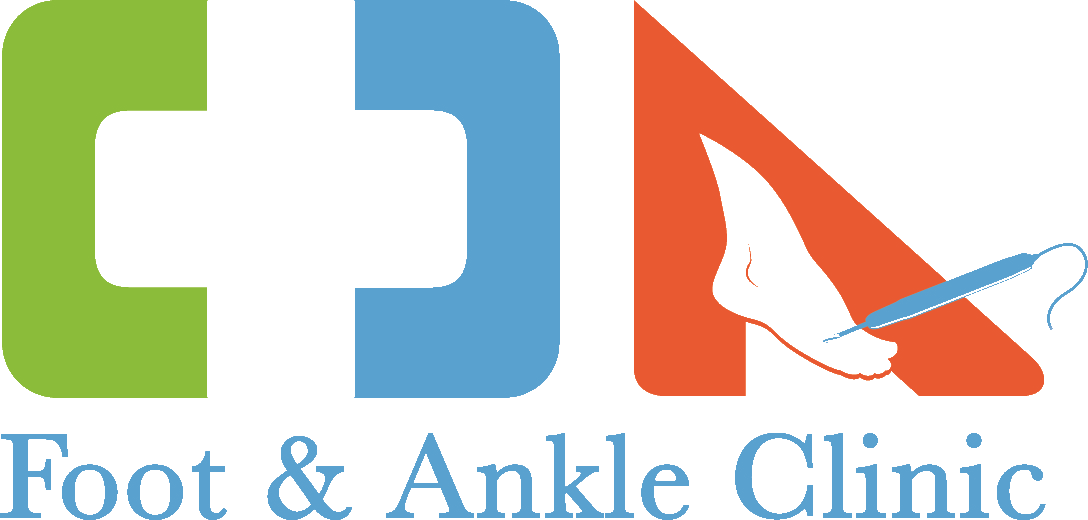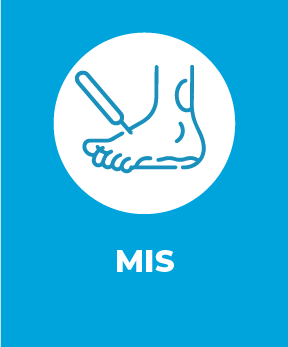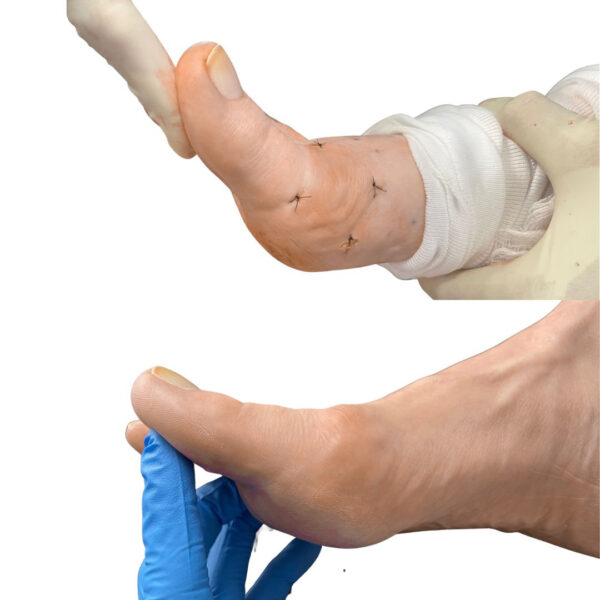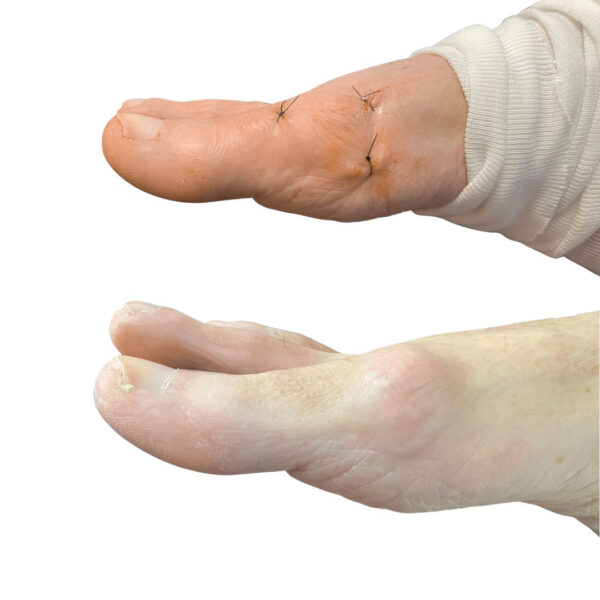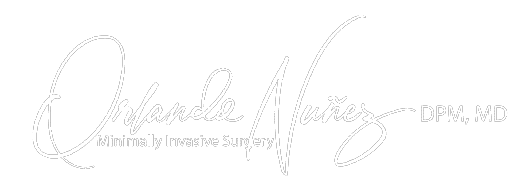Hallux limitus/rigidus involves the 1st metatarsophalangeal joint located at the base of the big toe. Hallux limitus/rigidus causes pain and stiffness in the big toe joint and with time it becomes increasingly harder and painful to bend the toe. This is a progressive condition during which the toe’s motion decreases as time goes on. In the early stages, motion of the big toe is only limited, and at this point, the disorder is called hallux limitus. As the problem advances, the big toe’s motion gradually decreases until it becomes rigid or frozen and is referred to as hallux rigidus. As motion becomes progressively limited, pain increases, especially when the big toe is extended, or pushed up.

STEP BY STEP HALLUX LIMITUS SURGERY
Conservative Treatment
In many cases, early conservative treatment may prevent or postpone the need for surgery in the future. If conservative treatment fails or the deformity progresses to the point where conservative treatment is no longer a viable option, surgical intervention may be needed.
Minimally invasive surgery (MIS) allows for interventions to be carried out through extremely small incisions without direct exposure of the surgical field thus causing minimal injury to the adjacent tissues. These procedures, performed with just the foot asleep instead of using general anesthesia, makes foot surgery possible for some patients who were previously considered to be too at risk for traditional surgery due to age or medical history. Radiographic monitoring is required during the procedure to guide the surgical maneuvers. Minimally invasive foot and ankle surgery is favored by surgeons and patients because of reduced post-operative discomfort and faster healing times.
Minimally Invasive Surgery Hallux Limitus/Rigidus Correction
Dr. Nunez does a minimally invasive ambulatory surgical technique to correct hallux limitus/rigidus. It involves making extremely small incisions, “The three magic incisions” to remove the painful bony exostosis or bump located along the medial and dorsal side of the big toe joint and on the top of the big toe to bring it into proper alignment or position. There is no need for a long open incision thus causing minimal injury to the adjacent tissues which results in reduced swelling, pain, and recovery time.
MIS surgeons are able to rely on a compression dressing for stabilization immediately after surgery, eliminating the need for internal fixation (pins, screws plates, etc.)
The small surgical incisions enable the surgeon to use fine specially designed instruments to obtain the best cosmetic result.
Surgery is performed under Fluoroscopic imaging and using just local anesthetic instead of general anesthesia, making foot surgery possible for some patients who were previously considered to be too at risk for traditional surgery due to age or medical history.
There is less trauma to the tissue and surgical times are lessened with this technique, reducing pain and recovery time. Less suturing is necessary and often times no sutures are used. Postoperative patients ambulate immediately and are placed temporarily in a surgical shoe or boot to aid ambulation.

Please call us at (208) 666-0605 or fill out the form below
to submit your information
